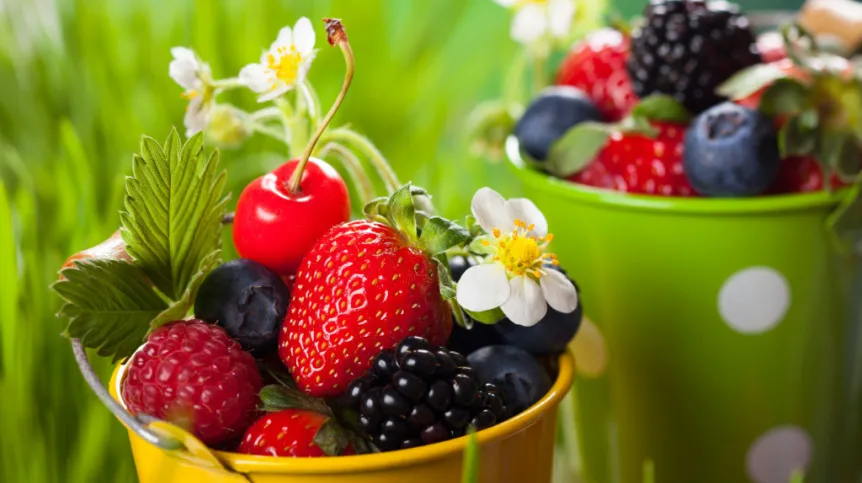
European researchers have taken strawberries, raspberries and black currants under the microscope. They investigate the physiological processes that determine the size and quality of these popular fruits. All this so that the fruits can be cultivated even in difficult climatic conditions in Europe.
In Europe, berries - such as strawberries, raspberries and currants - are very popular throughout the year. Especially in recent years, the demand for them outside the main production season increased significantly. European production is unable to satisfy the growing demand, which is why the market also relies on fruits imported from developing countries.
Enter European scientists, who are looking for new berry cultivation tools and techniques. This task has been chosen by scholars gathered in the international Horizon 2020 project "Goodberry". Scientists want to find methods to obtain high quality fruit despite the different - and sometimes unfavourable - conditions for growing these plants in different regions of Europe (including too low or too high temperature, insufficient amount of daylight).
A team from the Research Institute of Horticulture in Skierniewice (INHORT), coordinated by Dr. Agnieszka Masny, is also involved in the project. "Deep analysis of the impact of genetic-environmental interactions on the processes related to the growth, development, yield and quality of strawberry, raspberry and black currant fruits will contribute to a better adaptation of berry plants to changing climate conditions" - explained Dr. Masny.
What are the researchers doing? In 2016, they conducted field tests of six varieties of strawberry, five varieties of raspberry and ten varieties of black currant. Fruits gathered during the summer are subjected to sensory evaluation and chemical composition analysis: contents of dry matter, sugars, fatty acids, minerals, phenolics, nutrition and antioxidant value . Samples for molecular studies are also taken from fruit selected for analysis. These activities are carried out by the project partners at the same time and by the same methodology.
The researchers also systematically observe the characteristics of individual varieties, such as plant growth and development, flowering and yield, formation and development of flower buds, entering and ending winter dormant state by plants.
In the case of strawberry, every 10 days (from mid-July to mid-November) scientists assess the appearance of growing strawberries. They also carry out microscopic assessment of the phase of initiation of flower buds in varieties coming from different regions of the European Union and widely cultivated there. They also collect samples for molecular studies from assessed plants: tissue samples from young, fully developed leaves and growth cones with flower buds. According to researchers, the study will continue in the coming growing seasons.
Dr. Masny explained that understanding the mechanisms of physiological processes that affect the size and quality of fruit will allow to control these processes. This, in turn, will make fruit production more flexible.
Dr. Masny noted that research on the genetic modification of plants is not anticipated in the project. "However, molecular studies are conducted to determine the participation and degree of activity (expression) of individual genes in the physiological processes associated with the initiation of flower buds, as well as entering and breaking absolute rest by plants" - said Dr. Masny.
19 partners from Europe, China and Chile participate in the project "Goodberry". The European Commission has allocated more than 4.8 million euros to its implementation. The project coordinator is Dr. Sonia Osorio from the University of Malaga.
PAP - Science and Scholarship in Poland, Ewelina Krajczyńska
ekr/ zan/ mrt/
tr. RL













